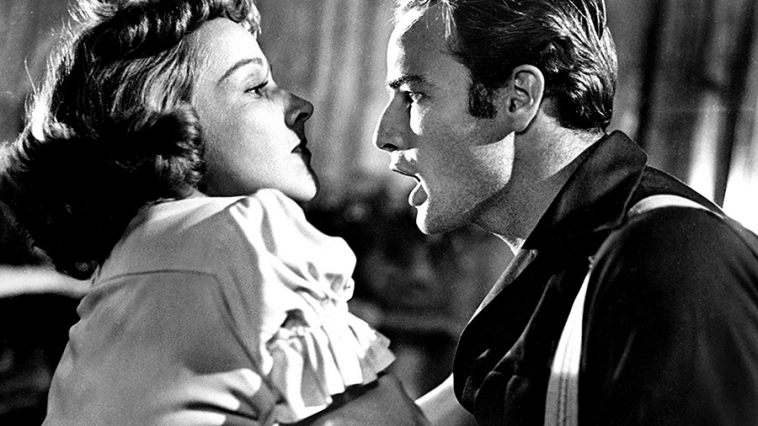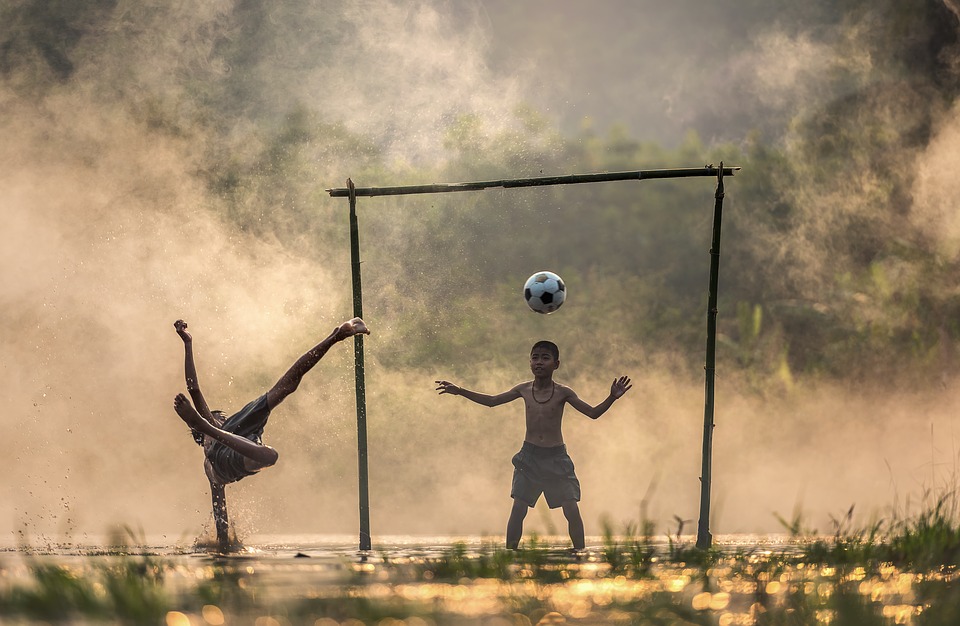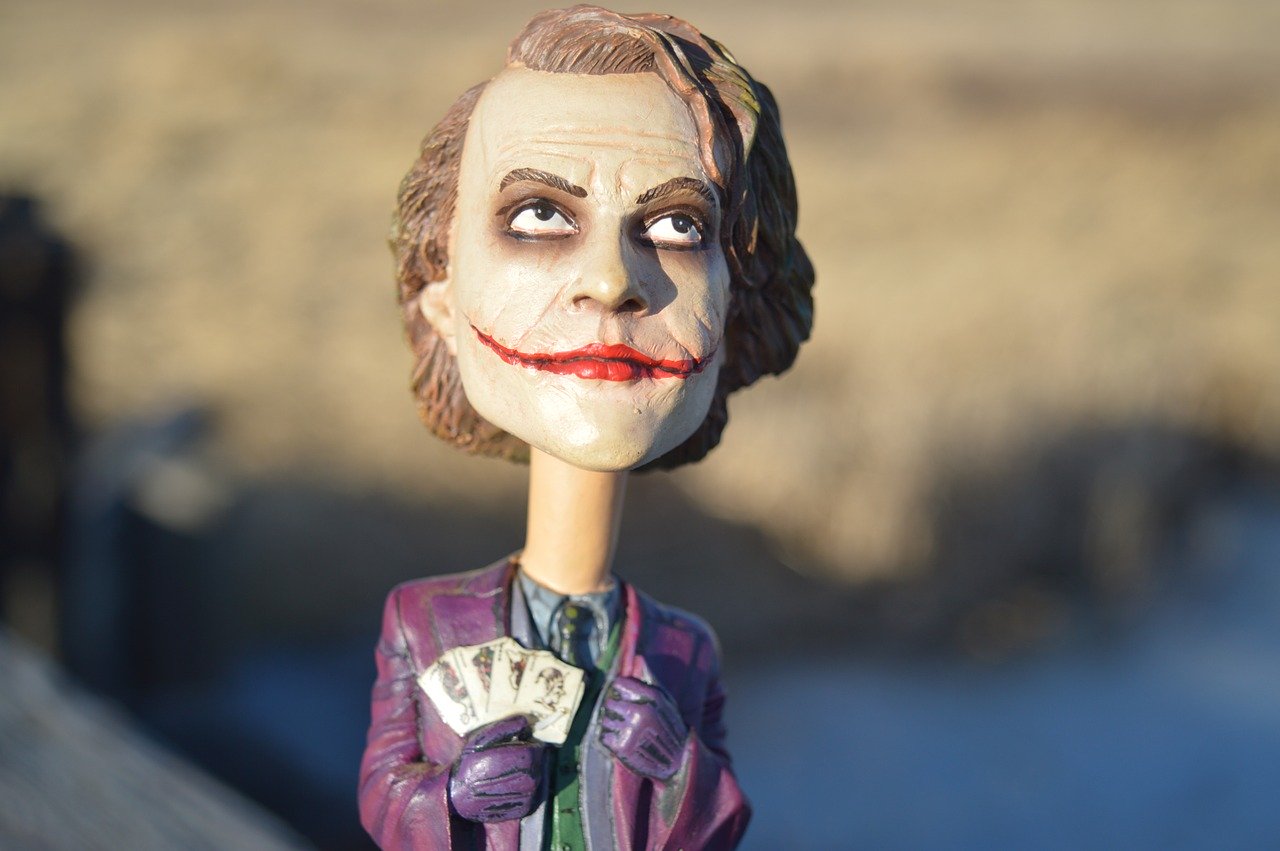‘The Brothers Karamazov’ Analysis: Religious Symbols
“The Brothers Karamazov” is a classic of Russian literature written by Fyodor Dostoevsky in the 19th century. This book tells the story of three brothers: Dmitri, Ivan, and Alexei. They live different lives and grow up as different people. If you’re interested in a literary analysis, we recommend you to read our “The Brothers Karamazov” essay below and learn more about the religious symbols in this book.
On our website EssayBulls.com, you can order a “The Brothers Karamazov” review, analysis, or essay if you need a well-written example to complete your homework assignment. If you need an essay on another topic, our writers will be glad to help you.
We’re online 24/7, so you can apply to us whenever you have writing problems. We can easily deal with your persuasive essay, speech, research paper, or other type of academic or creative writing assignment. We also recommend you to read our other blog articles to get more ideas and useful tips. Buy persuasive essay online, and we’ll make your college life easier!
What Do the Mysterious Images Symbolize in the Novel The Brothers Karamazov?
The novel The Brothers Karamazov vividly introduces Fyodor Dostoevsky’s perception of the world and attitude toward religion. Important themes of faith, belief, guilt, responsibility, and freedom are developed in his book. Bible stories and other Christian sources play an essential role in the story. Due to the relationship to these stories, readers are able to pick out the symbolism through the portrayal of certain images and characters’ actions.
The events which hide in themselves certain symbols are traced in the novel. It is necessary to begin with the fact that not only actions, but also figures appear in the novel. In the first chapter, we hear from the lips of the storyteller: “Alexey Fedorovich Karamazov was a third son of the landowner,” further, “he had three sons … the three-year-old boy Mitya … … only one of three sons … three thousand” (Dostoevsky & Garnett, 2014).
The next of the most important symbols is the death of priest Zosima’s father. The church service was profaned by the obscene speech of one of the employees of the church, which symbolized national ignorance, and neglect in relation to a ceremony, to religion itself.
Further in the text, a parable appears as a poem which is spoken by one of the brothers, Ivan, called “The Grand Inquisitor.” He tells about the freedom of Christian will and conscience, which symbolizes the author’s positions about society, religion, and values. At first the reality of the appearance of Christ is established: “He appeared quietly, imperceptibly, and here is the strangest thing – all recognize him. … Have you the right to announce to us at least one of the mysteries of that world from which you came? … No, you have nothing to add to what already was told before … – the Inquisitor says to Him” (Dostoevsky & Garnett, 2014).
Existence of Christian images and symbols are spread in the novel. On the example of the following conversation, it is possible to see the images of a pigeon and its symbolism (Ivan talking to Alyosha): “He was frightened of you, of a dove like you. You – ‘the clean cherub’, Dmitry calls you the cherub” (Dostoevsky & Garnett, 2014).
The dove in the Bible symbolizes the Holy Spirit, the third form of God. Besides an image of a dove, there is an image of a cross. (“The Brothers Karamazov Themes”). Ivan’s cross symbolizes his decision in court to prove the guilt in murder of the father and to free Mitya. “Cross me … on tomorrow’s cross,” is what he tells Alyosha on the eve of the meeting (Dostoevsky & Garnett, 2014). It is also worth paying special attention to an act of magic: the emergence of a devil before Ivan’s eyes in an image of a person. Here the devil symbolizes that even the faithless person has at the depth of their heart a figment of sick imagination.
Making a conclusion, we can say that the novel is saturated with Christian images, with symbolic and mysterious behaviors and events in which are depicted all of the states of mind and perception of religion of Fyodor Dostoevsky.
References
1. Dostoevsky, F. (n.d.). The Brothers Karamazov Themes. GradeSaver. Retrieved from www.gradesaver.com/the-brothers-karamazov/study-guide/themes.
2. Dostoevsky, F. (2014 March 07). The Brothers Karamazov (C. Garnett, Trans.) Retrieved March 27, 2016, from https://ebooks.adelaide.edu.au/d/dostoyevsky/d72b/index.html.





I think this novel is amazing! Thanks for engaging me in such interesting interpretation of book with religious symbols.
Wow, so impressive sample… I think I will never write such good text for my college…Can you help me?
Hi! If you need some help with writing, please, contact us via order form.
When teacher told me to research religious symbols in “The Brothers Karamazov” novel, I thought I would never find something reliable like your article!
Thanks for sharing so powerful piece of work!
Cool sample!!!
My master would be glad if I have the same constructive sentences. Could you help me with my essay on literature?
Hi! We are ready to help you in any studying field and especially literature. Provide us details in order form and we will contact you as soon as possible!
I love Russian classical literature! You wrote a useful sample!
Hey, guys, this sample is totally inspiring!
Sometimes it is hard to remember everything in such a long novel. I’ve read it long time ago, but now I have a task to write essay on it. Could you help me with it asap?
Hi! Yes, there is nothing impossible for our writers! Place an order and choose one of the writing experts to process your order shortly.
Novels of Fyodor Dostoevsky are unbelivable, but your sample is on the top!!!
I prefer to read samples from your website to prepare to my classes efficiently. And you never disappoint me 😉
EssayBulls rocks ^-^